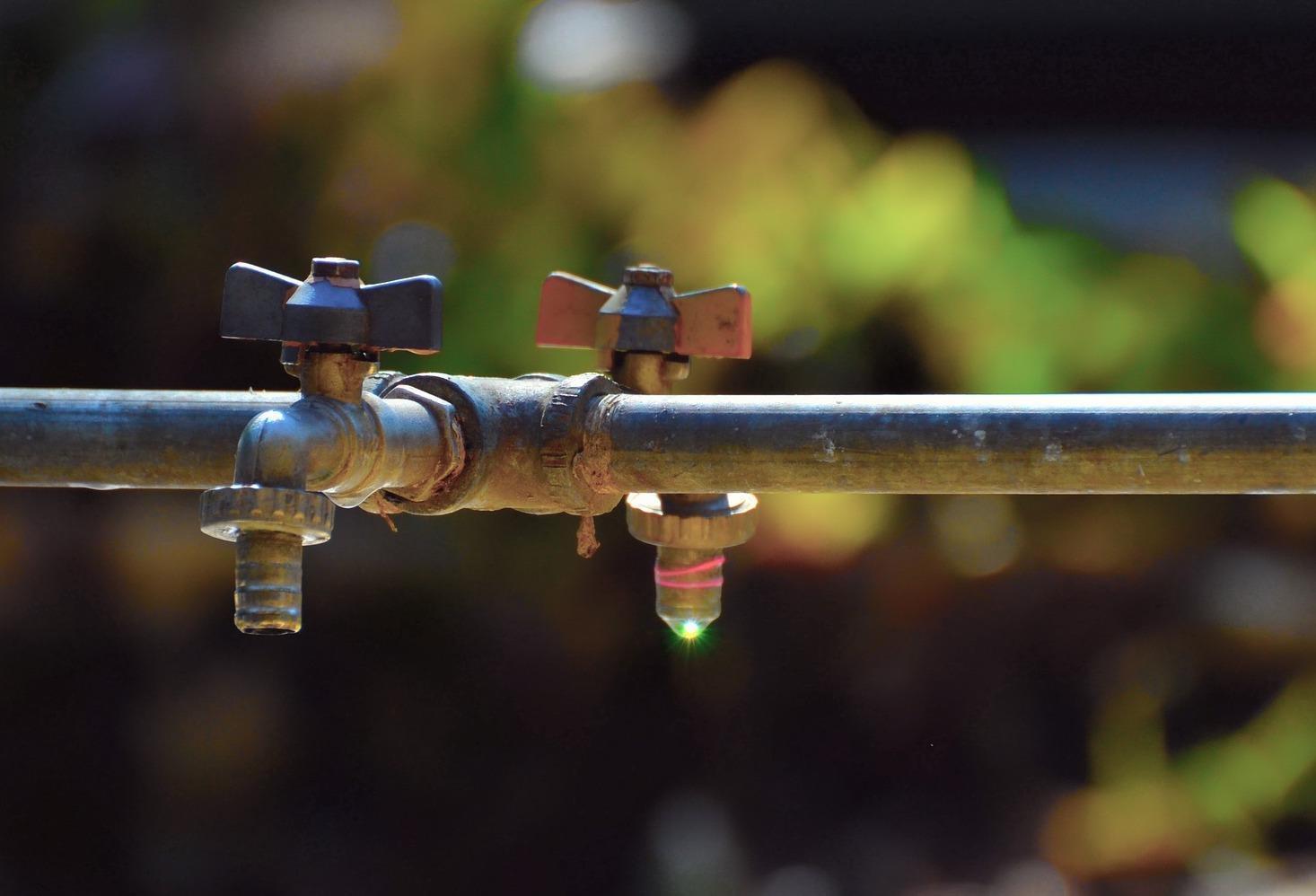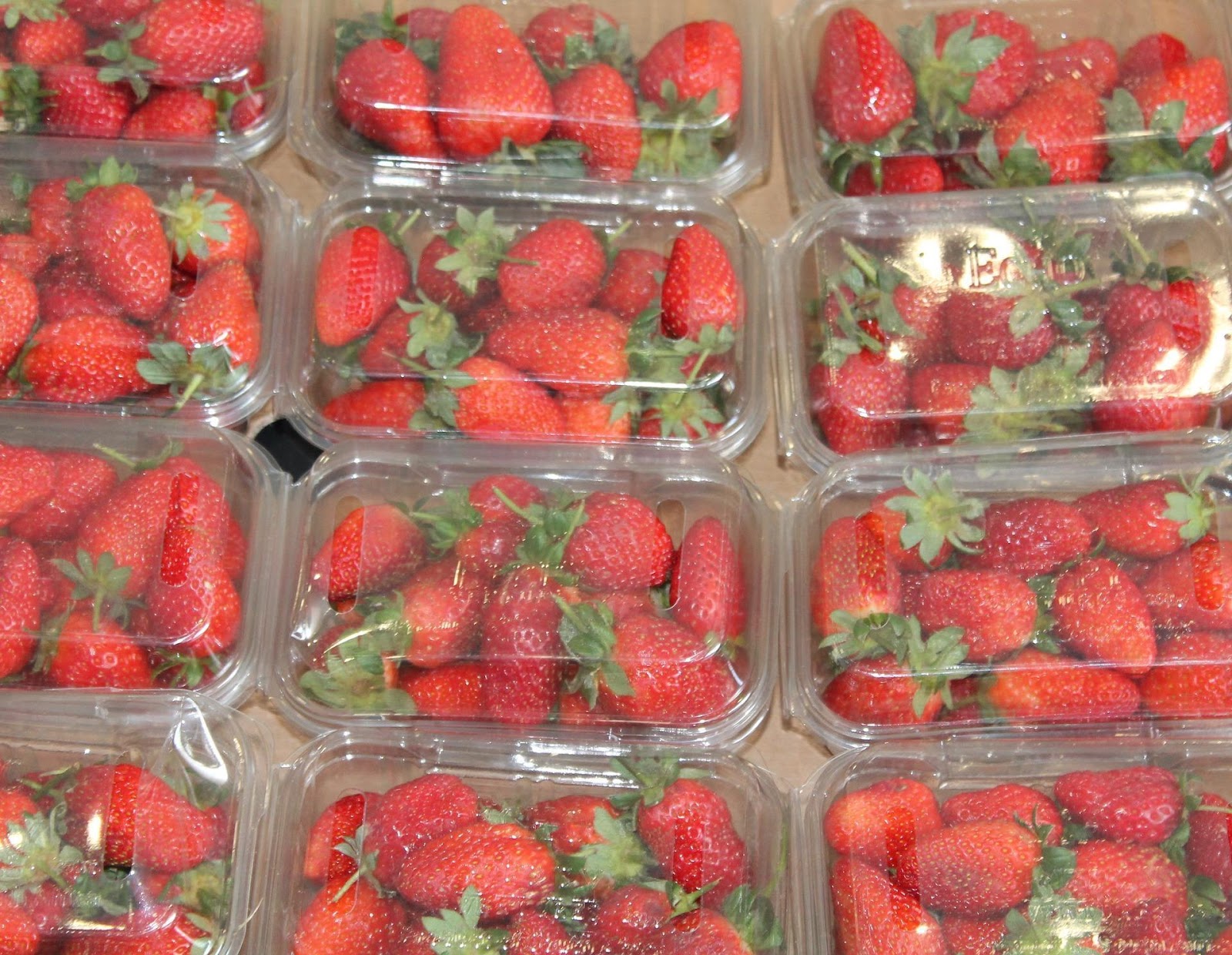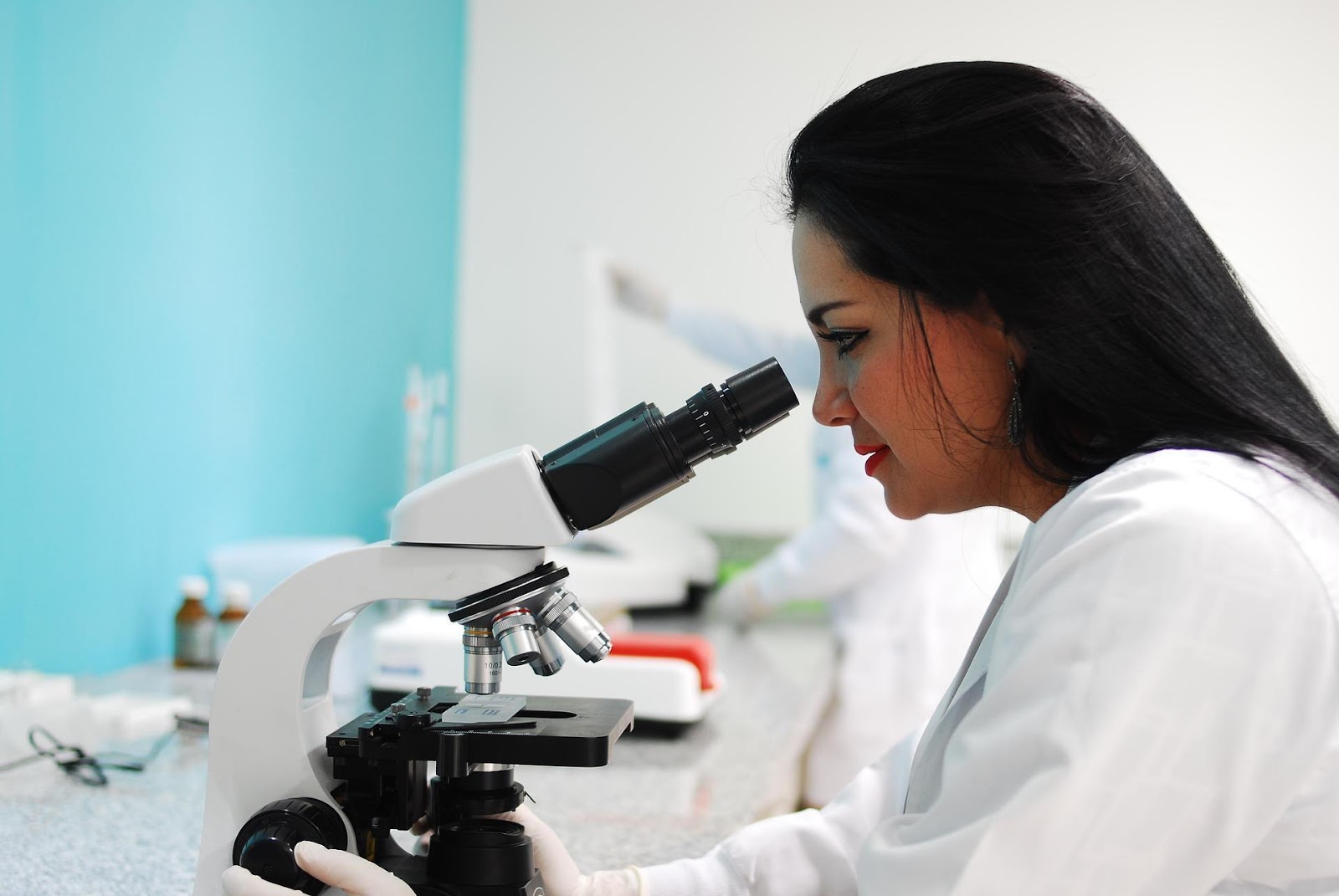
Image credit: Pixabay
Many people dream of going high-tech, but few know which fields to concentrate on. However, with a combination of scientific and market research, researchers and entrepreneurs can better identify which technologies to take big bets on.
Understanding the market readiness of technologies is important. It allows agencies like the Agency for Science, Technology and Research (ASTAR) in Singapore to better support startups, enterprises, and scientists as they develop clear business plans or as they pick the right partner. A well-defined project is more likely to succeed commercially.
Here are some of the technologies that startups, investors, and large companies should bet on. These real-life applications are only part of what’s possible with these innovations.
1. Image analytics for early diagnosis

Image credit: Pixabay
Looking inside the body is a good way to tell if there’s something wrong with an individual. For instance, we can spot tumors or cancerous masses through magnetic resonance imaging (MRI).
Now, we have a range of ways to look inward, from CT scans to ultrasounds to positron-emission tomography (PET) scans.
Analyzing results is often a resource-consuming process, with doctors having to operate expensive software for hours before finding something useful.
But artificial intelligence can improve workflow for medical professionals. Dr Devanathan Raghunathan, a commercialization-focused principal manager at Exploit Technologies Pte Ltd. (ETPL) – the commercialization arm of ASTAR – says that AI can help doctors automate certain tasks and even detect features a human eye may miss. This greatly reduces examination-related spending, with at least one provider bringing the cost down to just one dollar.
The bigger value of image analysis is in early detection, which allows doctors to help patients earlier on. Early detection and diagnosis can help patients suffering from cardiovascular and respiratory diseases.
The use of AI for early healthcare diagnoses is very likely to succeed commercially, says Dr Matthew Chua, a lecturer and consultant at the National University of Singapore’s Institute of Systems Science (ISS).
Dr Chua, who also oversees the research program in Smart Healthcare, Artificial Intelligence, and Advanced Robotics at ISS, believes that there is a keen interest in AI health imaging due to the potential benefits.
“[AI image analytics] removes the reliance on limited and expensive specialists, and allow[s] nurses and general health staff to provide quick and accurate diagnostic decisions.”
Dr Chua also believes that AI imaging systems “can be easily made into mass-marketable consumer products”.
Related diseases are already billion-dollar healthcare industries, with cardiac-related ailments presenting opportunities worth US$11.8 billion by 2025 and asthma representing a US$56.5 billion by 2023.
2. Sensors for water-leakage detection

Image credit: Pixabay
Transporting liquids via pipes tends to be a dark affair for utility companies. Until somebody at the end of the pipe realizes there’s a fault, problems don’t usually get reported, leaving companies blind.
The need for an internet-of-things (IoT) system with sensors for water-leakage detection is paramount. With these affordable devices, companies can keep track of their entire pipe network and detect water levels and leaks from anywhere in the world – creating an expected demand of three to five million sensors and an estimated revenue of US$38 million over the next five years, according to ASTAR.
In the Asia-Pacific region, there will be an available market of US$380 million for such sensors by 2021, and a compound annual growth rate (CAGR) of 17 percent, according to Frost and Sullivan.
3. IoT for agriculture

Image credit: Pixabay
With Singapore’s limited space and lack of arable land, turning to hydroponics for agriculture was a no-brainer. Now, even growing vegetables won’t be left to chance, thanks to IoT.
Simply planting a seed and hoping that plants will grow just doesn’t cut it anymore – not when there’s a wealth of useful data that’s available. Thousands of sensors can pick up everything from pH levels to temperature, and even wind draft. Using this information, machines can help make slight tweaks to fully automate hydroponic farms and maximize crop yield.
Sensors that detect nitrogen, phosphorus, potassium, and pH levels with radio frequency (RF) connectivity are expected to make a mark. An estimated five million units of RF sensors present a market that is expected to be worth US$450 million by 2021 with a CAGR of 16.8 percent in the Asia Pacific, according to a study by Frost and Sullivan.
Data gathered by the sensors can be used to adjust chemical levels of vegetables, which in turn can affect their flavor. For example, Japanese scientists at Fujitsu have discovered that lowering potassium counts in lettuce can make them taste less bitter. Maybe this will make it easier for kids to eat their greens, so hooray for parents!
4. Innovative food packaging

Image credit: Pixabay
With the help of nanotechnology, packaged food can stay safe for consumption longer than usual.
Existing plastic materials used in food protection are inherently permeable. Food tends to go bad easily when the protective film loses its integrity. This is serious especially in Southeast Asia where the weather is hot and humid.
Nanotechnology helps address that problem. Protective barrier materials consisting of filler nanoparticles improve barrier and mechanical abilities. These filler materials act as tortuous pathways for oxygen and water molecules to penetrate to reach the food. This results in better moisture and oxygen barrier films, which can extend shelf life by 50 percent for chilled seafood, meat products, confectioneries, or even cooked food.
Nanotechnology is also useful in the form of “oxygen scavengers”, which capture excess oxygen in the headspace of packages.
Today, these powders typically exist in various sizes of sachets for dry foodstuffs such as crackers. Most of these sachets are inserted manually, which is labor intensive. Additionally, consumers are concerned about accidentally ingesting the powder in these sachets. Experts expect these materials to become part of the packaging film for cooked food products and beverages.
By 2019, the packaging solutions market is expected to reach US$306 billion in 2019, with the Asia-Pacific region experiencing the highest CAGR.
Looking forward

Image credit: Pixabay
So what does the future hold?
For starters, funding. Under the five-year Research, Innovation and Enterprise (RIE) 2020 Plan, the government is looking to invest US$14.5 billion from 2016 to 2020. Economic agencies are also working closely with researchers to get them in sync with industry development plans.
Priority will be given to advanced manufacturing and engineering, health and biomedical sciences, urban sustainability, and digital services.
ASTAR is one of the key players in this RIE ecosystem. Through open innovation, it collaborates with partners in the public sector and with multinational companies and local enterprises, helping them develop new products and services.
In 2016 alone, Singapore’s ASTAR drove over 1,700 partnerships with the private sector, with over half of those related to manufacturing. The agency also deployed 200 research licenses to companies, with about 60 percent of which also went to manufacturing. ASTAR is also launching 15 to 16 startups each year.
On top of these transformative efforts, the “absorptive capacity” of a company, such as a small and medium-sized enterprise (SME), is equally important. This is how an SME recognizes and applies new scientific and technological knowledge to commercial operations.
“[I’d like to see more] people to participate in this equation: more companies, more willingness to increase absorptive capacities and develop capabilities,” says Eugene Wee, ETPL’s senior vice president of strategic planning.
Companies may face inertia in learning new technologies. “These are heavy investments, not just in dollars, but also in time. There is less instant gratification in deep tech startups,” says Wee.
Businesses willing to increase their absorptive capacity can help grow both the tech ecosystem and Singapore’s talent density – which Wee thinks is a strong factor that makes Silicon Valley so uniquely innovative.
If more companies take the plunge, we may see more innovative technologies hit the market sooner than expected.
<h5>Additional reporting by <a href=”https://www.techinasia.com/profile/pearly”>Pearl Lee</a>
Converted from Singaporean dollars. Rate: US$1 = S$1.31.
Visit ETPL’s website for technology offerings and startup portfolio or write to tech-offer@etpl.sg with your comments or questions.
Or, subscribe to ASTAR Innovate – a bimonthly electronic newsletter that features A*STAR’s latest technologies and successful company showcases.
This post 4 budding technologies you can take big bets on appeared first on Tech in Asia.
from Tech in Asia https://www.techinasia.com/4-budding-technologies-big-bets
via IFTTT
No comments:
Post a Comment